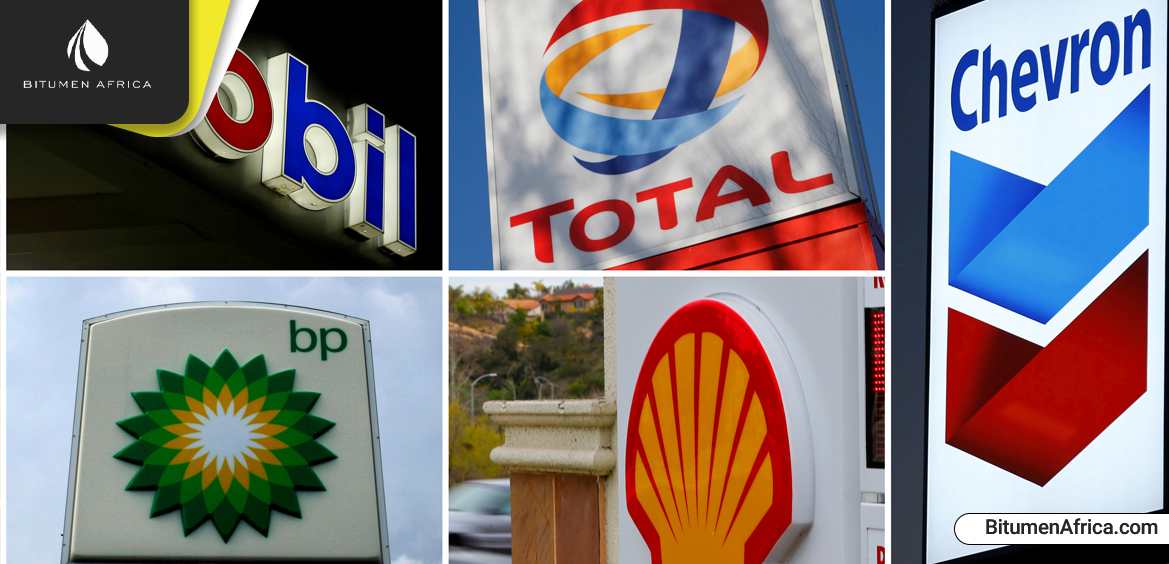🌍 Over the past few years, energy security and affordability have taken center stage, pushing major oil and gas companies to rethink their strategies. After a period of ambitious investment in clean energy, many of the world’s largest firms—like BP, Shell, Exxon, and Chevron—are returning to their roots: fossil fuel exploration. The shift comes as renewables struggle to deliver consistent returns, and regulatory and demand challenges make solar and wind less attractive. This strategic reset marks a dramatic reversal from earlier pledges to reduce oil and gas output.
🛢️ Exploration is booming again, especially in regions like Guyana, Suriname, Namibia, and Brazil. Exxon and Chevron are betting big on Guyana’s offshore Stabroek block, while TotalEnergies and Shell are exploring neighboring territories. Namibia and South Africa’s Orange Basin have also drawn attention, although environmental concerns have temporarily slowed progress. These new frontiers are rich with potential, and Big Oil is eager to tap into them to meet rising global demand.
🇧🇷 One of the most headline-grabbing developments came from BP, which struck its biggest oil and gas discovery in 25 years in Brazil’s Santos Basin. The Bumerangue block revealed a massive hydrocarbon column in a high-quality reservoir, signaling a major win for BP’s upstream ambitions. With ten discoveries already this year, BP is ramping up its oil and gas investments to $10 billion annually, while cutting clean energy spending by more than $5 billion. The Brazilian find could be a game-changer, potentially unlocking over 2 billion barrels of oil equivalent.
📈 BP’s future production goals are ambitious. The company plans to launch up to 20 major upstream projects by 2030, aiming for daily output of up to 2.5 million barrels of oil equivalent. Analysts believe the Bumerangue field alone could generate over $165 billion in lifetime value, helping BP restructure and realign its energy transition strategy. If successful, this could restore BP’s standing among the top five oil firms, where it’s currently seen as the weakest link.
🔍 Across the board, Big Oil is reenergizing its exploration departments. Shell is doubling down in regions like the Gulf of Mexico and Malaysia, while TotalEnergies has expanded its portfolio in the U.S., Asia, and Africa. Chevron is rethinking its approach for a more balanced portfolio, and Exxon is exploring new opportunities in Libya and Trinidad and Tobago. The message is clear: the age of aggressive clean energy expansion is on pause, and the search for oil and gas is back in full force.

